 I wore my yellow “king shirt” on Friday. No one noticed, but I wore it to remember and honor the beloved King Bhumibol Adulyadej of Thailand who died the day before at the age of 88, after 70 years on the throne. Thailand has lost their king. The world has lost a good man.
I wore my yellow “king shirt” on Friday. No one noticed, but I wore it to remember and honor the beloved King Bhumibol Adulyadej of Thailand who died the day before at the age of 88, after 70 years on the throne. Thailand has lost their king. The world has lost a good man.
I didn’t know anything about the King when I visited Thailand, but one of the first things I noticed was his picture, often huge, displayed everywhere: on highways, in the airport, on the sides of large stores, churches, businesses, and schools as well as in little shops and market places. Sometimes a large picture of his wife, Queen Sirikit, was beside his. It was obvious, the people loved their king.
I learned about wearing yellow shirts in his honor. The King was born on Monday, December 5, 1927, and for the Thai, Monday’s color is yellow. In 2006, to celebrate the King’s 60 years on the throne, and to show respect and love for the King, the people started to wear yellow shirts every Monday. I found one in a large market and bought what I’ve always called my “king shirt.”
Coming from a country founded by revolting against a king, I wasn’t sure why this man was held in such reverence. (Once, while on my way to the airport, I engaged the car’s driver in conversation about the people’s devotion. “It seems genuine,” I said. He looked me in the eyes and replied, “Many people in this country would die for the King.” I didn’t doubt it.)
I did some research and discovered much to like about this monarch. Not in the direct line of succession, he hadn’t anticipated ascending the throne. He was born in Cambridge, Massachusetts while his father was studying medicine at Harvard. He was educated mainly in Switzerland and studied engineering and the sciences, but a series of unexpected events made him king at the age of 18.

Photo: BBC
When he and his wife became king and queen, he stated that they would reign “…with righteousness for the benefits and happiness of the Siamese people.” They did, visiting small, poor villages across the country. The king carried his camera, maps, and a notebook, listening and learning what was needed.
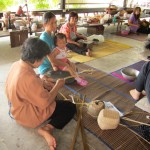
Photo: Mary van Balen
Queen Sirikt began programs to teach women traditional Thai handicrafts including basket weaving and fabric arts, enabling them to augment their families’ income.
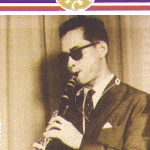 King Bhumibol was a man of many talents (a jazz musician who jammed with Benny Goodman among others, composer, designer, builder, and racer of sailboats, painter, author, and engineer) and holds patents for inventions including a water aerator and rainmaking technology. He encouraged farmers to replace crops of drug-producing poppies with more beneficial crops and oversaw thousands of rural development initiatives including small dams and irrigation projects that improved the lives of ordinary people.
King Bhumibol was a man of many talents (a jazz musician who jammed with Benny Goodman among others, composer, designer, builder, and racer of sailboats, painter, author, and engineer) and holds patents for inventions including a water aerator and rainmaking technology. He encouraged farmers to replace crops of drug-producing poppies with more beneficial crops and oversaw thousands of rural development initiatives including small dams and irrigation projects that improved the lives of ordinary people.
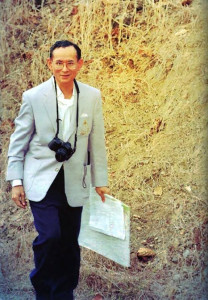 King Bhumibol received the first UNDP Human Development Lifetime Achievement Aw ard presented by then UN Secretary-General Kofi Annan for his “…extraordinary contribution to human development” through continuous efforts to help Thailand’s poor and vulnerable people. (Other awards included the Philae Medal from UNESCO, a World Health Organization plaque for leadership and example in the area of public health, and the first Dr. Norman E Borlaug Medallion from the World Food Prize Foundation for his efforts to alleviate starvation and poverty.)
King Bhumibol received the first UNDP Human Development Lifetime Achievement Aw ard presented by then UN Secretary-General Kofi Annan for his “…extraordinary contribution to human development” through continuous efforts to help Thailand’s poor and vulnerable people. (Other awards included the Philae Medal from UNESCO, a World Health Organization plaque for leadership and example in the area of public health, and the first Dr. Norman E Borlaug Medallion from the World Food Prize Foundation for his efforts to alleviate starvation and poverty.)
It seems he was well-named—Bhumibol translates “Strength of the Land.”
On Friday, I kept hoping someone would ask about my shirt, certainly not my color or style. I wanted to say why I felt sorrow and loss at the death of a king halfway around the world. I wanted to tell his story. The story of this leader who put the well-being of the people first stands in stark contrast to the story of this year’s presidential election campaign in this country, where the poor are barely mentioned and attention veers to misogyny, scandal, fear, and hatred.
He wasn’t perfect. To the annoyance of some around him who worked to keep the image of the king almost god-like, he said the same in an address on his 78th birthday, partly in response to increasing arrests for violation of Thailand’s strict lese majeste laws:
“Actually, the belief that ‘the King can do no wrong’ is a big insult to the King. Why could he do no wrong? By saying so, you mean the King is not a human being. The King can do wrong. If, by criticising the King means violating him, then I don’t mind the violation.”
If I’ve piqued your interest, search the internet and learn more about him. Here are some places to start:
Glimpses behind the exalted persona of Thailand’s king by David Gray, who has reported on Thailand for the AP for over 40 years.
From the Royal Thai Embassy, His Majesty King Bhumibol Adulyadej.
Thailand Bids Farewell to Beloved King Bhumibol Adulyadej by Charlie Campbell for Time.
And, if you’d to hear him play a little clarinet with the Preservation Hall Jazz Band, check out this YouTube video.
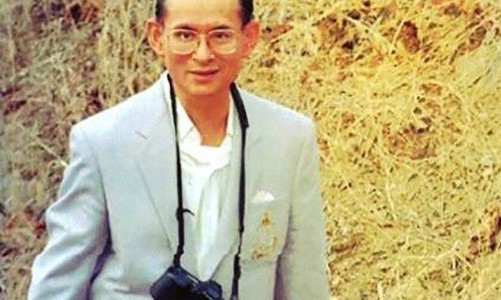
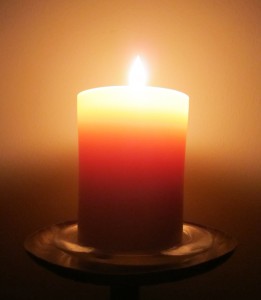
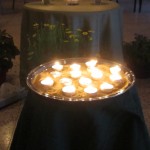
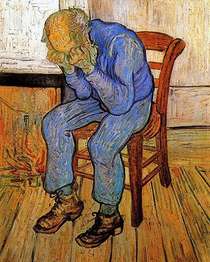
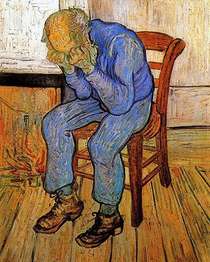
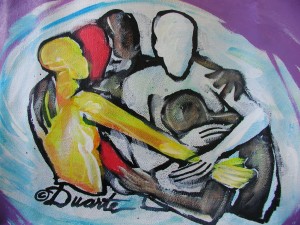
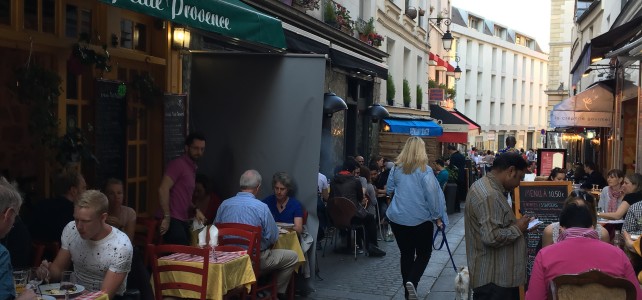
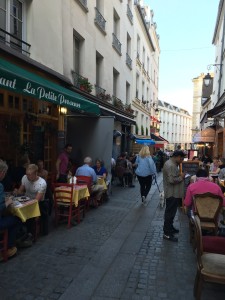
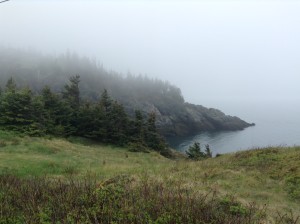

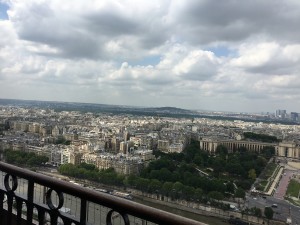
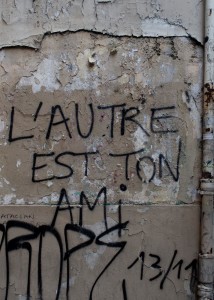
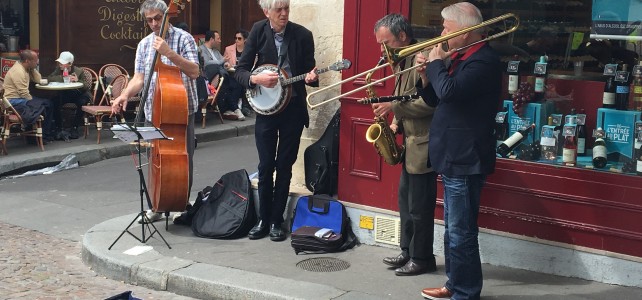
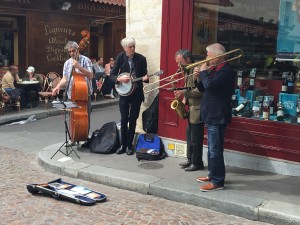
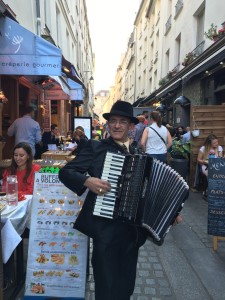
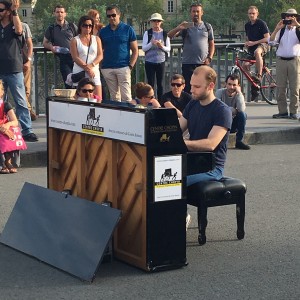
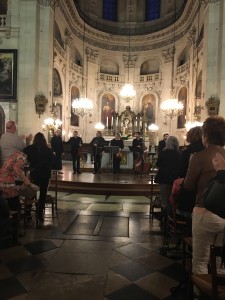
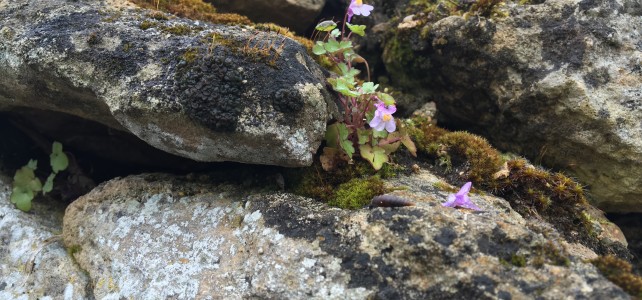
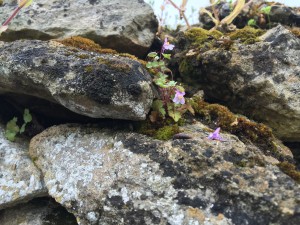

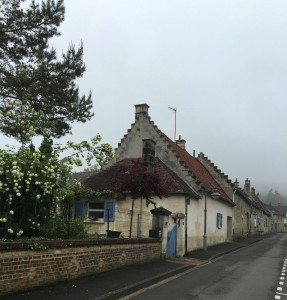
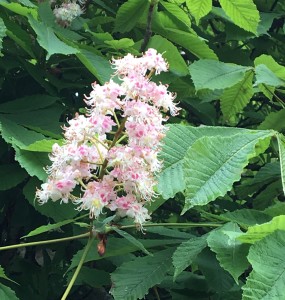
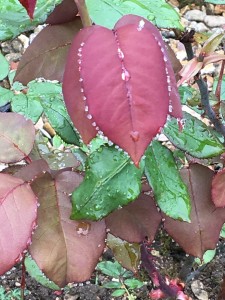
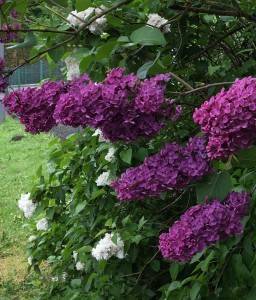
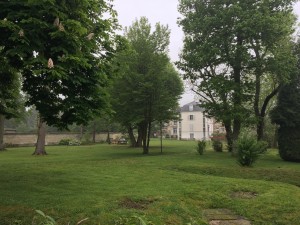
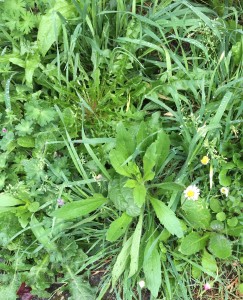
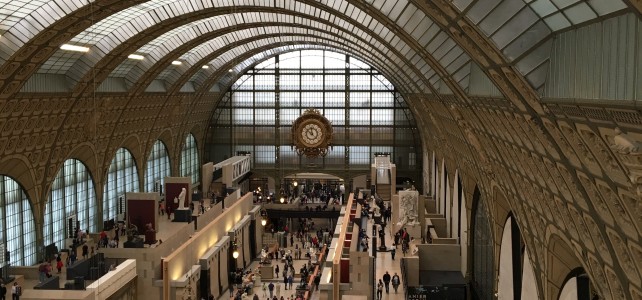
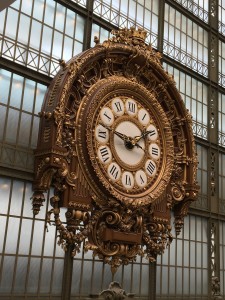
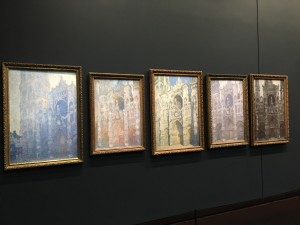
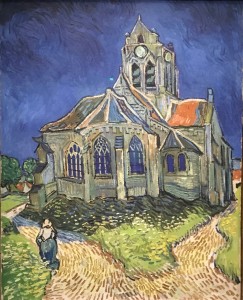
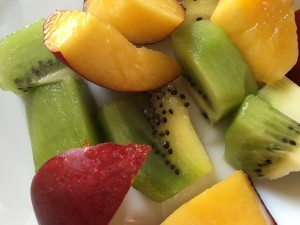
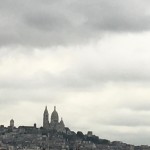
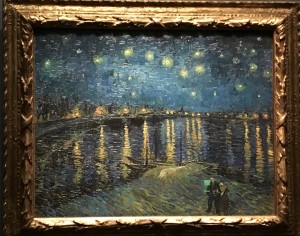
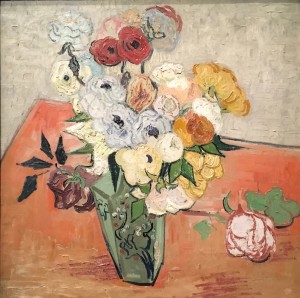
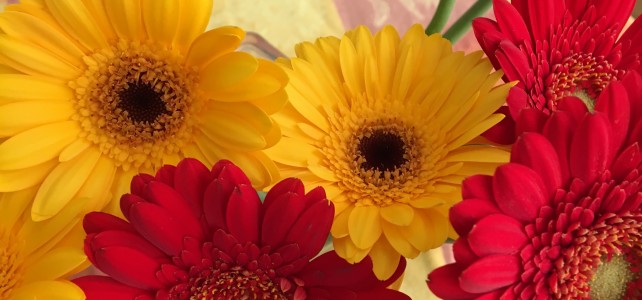
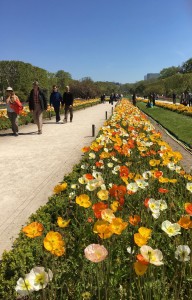
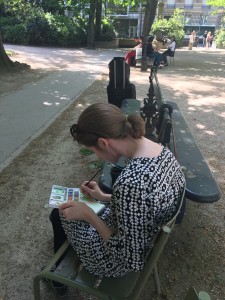
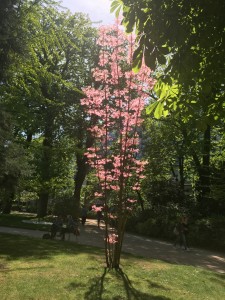
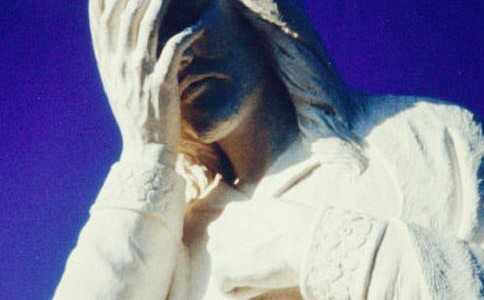
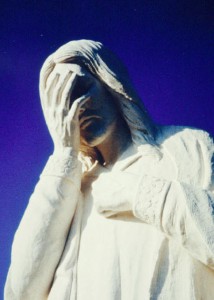


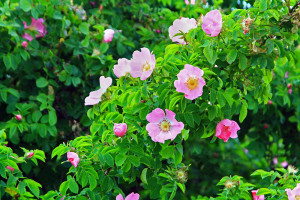 The poem is “Roses.” Oliver writes of the quest to answer life’s “big questions” and decides to ask the wild roses if they know the answers and might share them with her. They don’t seem to have time for that. As they say, “…we are just now entirely busy being roses.”
The poem is “Roses.” Oliver writes of the quest to answer life’s “big questions” and decides to ask the wild roses if they know the answers and might share them with her. They don’t seem to have time for that. As they say, “…we are just now entirely busy being roses.”